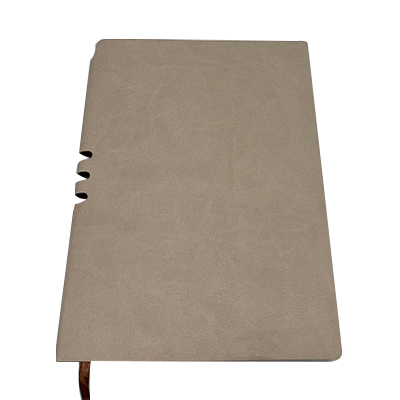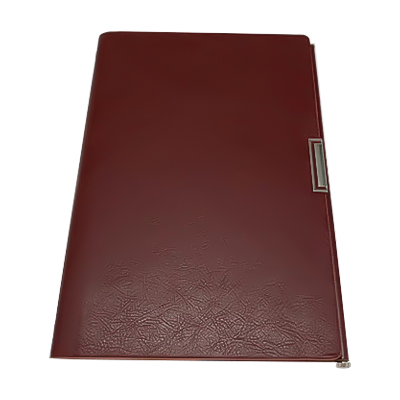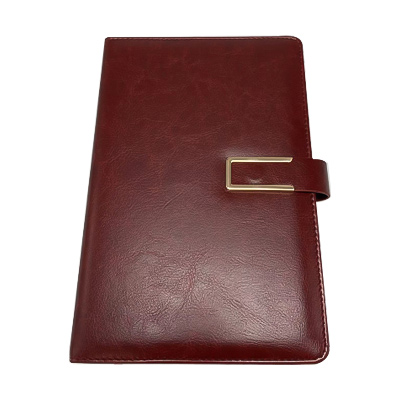1. The impact of material quality and manufacturing process on durability
The durability of paper tableware depends largely on the materials and manufacturing process used. Modern paper tableware is usually made of high-quality food-grade pulp, bamboo fiber or other environmentally friendly materials. These materials undergo special pressing and molding processes to ensure the hardness and stability of the tableware. For example, bamboo fiber, due to its natural toughness, can provide stronger load-bearing capacity and bending resistance when making paper tableware. Some high-end paper tableware will also be treated with waterproof and oil-proof coatings, which not only prevents the tableware from softening or breaking when it comes into contact with wet or greasy food, but also greatly enhances its overall durability. The compression technology, thermoforming process, etc. involved in the manufacturing process also affect the structural strength of the tableware. After these processes, the paper tableware shows good toughness in daily use, and will not easily deform or break even if it holds heavy food.
2. Compression resistance and structural stability
The design of paper tableware pays more and more attention to practicality, and one of the important aspects is compression resistance. In order to ensure that paper tableware can carry different types of food, especially heavy or bulky food, manufacturers usually increase the thickness of the tableware or design a bottom structure with stronger support. Good compression resistance means that even if the paper tableware carries heavy food or is squeezed during use, it will not easily deform or lose its original shape. The structural design of modern paper tableware is more scientific and reasonable, and some high-quality products can be comparable to some plastic tableware in terms of compression resistance. At the same time, this structural stability also ensures that users will not encounter food spills or tableware collapse during use. Such characteristics make paper tableware a reliable choice for daily family dining, parties, picnics and other activities.
3. Waterproof and oil-proof treatment improves durability
Most modern paper tableware is treated with a special waterproof and oil-proof coating during the manufacturing process. This coating can not only effectively prevent liquids from penetrating into the paper, causing the tableware to soften or lose hardness, but also protect the surface structure of the tableware, so that it can still maintain its shape when holding food with high water content or rich in fat. Especially in the takeaway and fast food industries, paper tableware is often used to hold various soups, sauces and fried foods, and anti-permeability is crucial to the durability of tableware. These coatings are usually made of environmentally friendly materials, which not only do not affect human health, but also meet food safety standards. The application of this treatment process enables paper tableware to meet a wider range of application scenarios. It is not only suitable for dry solid food, but also performs well when serving soups and drinks, extending the service life of tableware.
4. Different designs and thicknesses for daily use
Paper tableware is usually designed in different thicknesses and shapes according to different application scenarios and needs. For the needs of parties, picnics and takeaways, the thickness of paper plates and paper cups will be thicker to ensure that they can carry various types of food in a short time without deformation. In particular, paper cups are not only used to hold cold drinks, but also often used for hot drinks such as coffee and tea, so additional reinforcement is required to avoid high-temperature liquids causing the cup body to soften. In addition, the edge and bottom design of paper tableware are also very important. A good edge design can prevent drinks from spilling, while a solid bottom can increase the load-bearing capacity of the tableware. In daily household use, paper tableware is usually disposable, so consumers do not have high requirements for its durability, but their design can provide stable and reliable support in a short time, which is a convenient and fast tableware solution.

 English
English Deutsch
Deutsch Français
Français Español
Español русский
русский عربى
عربى





